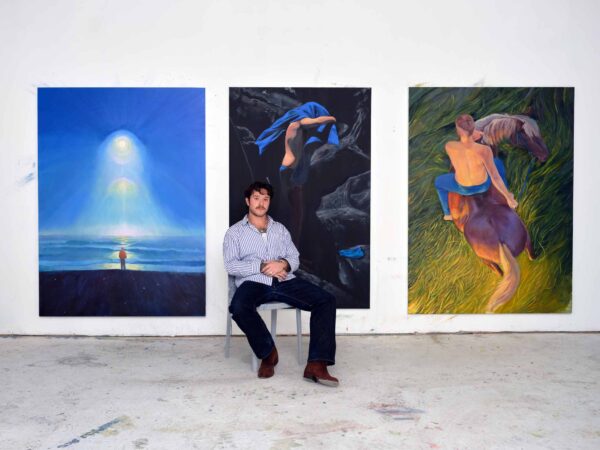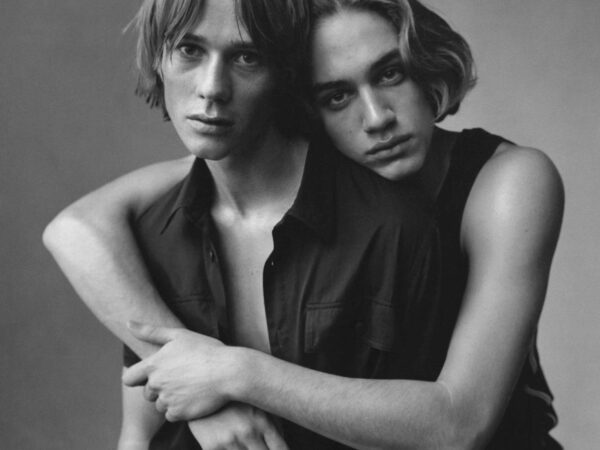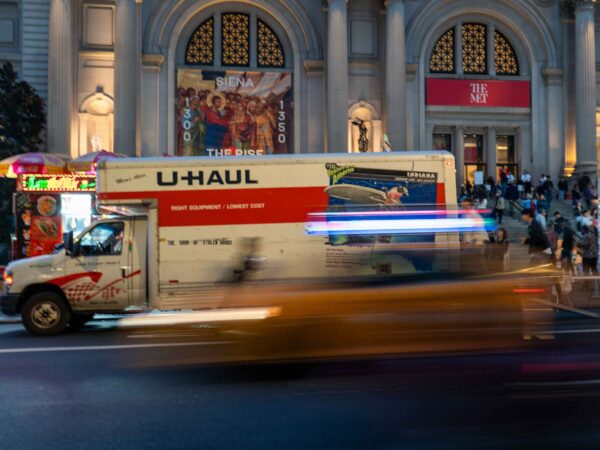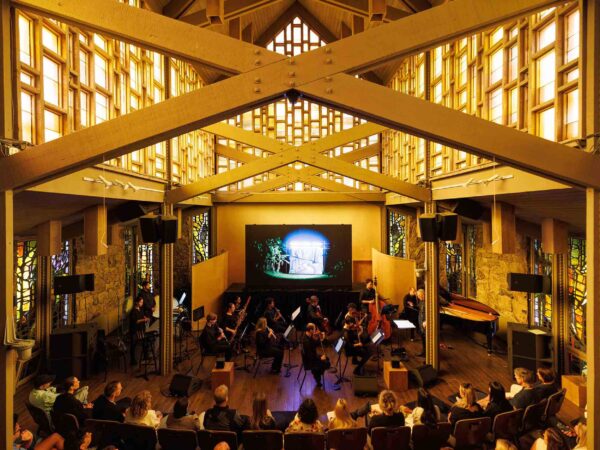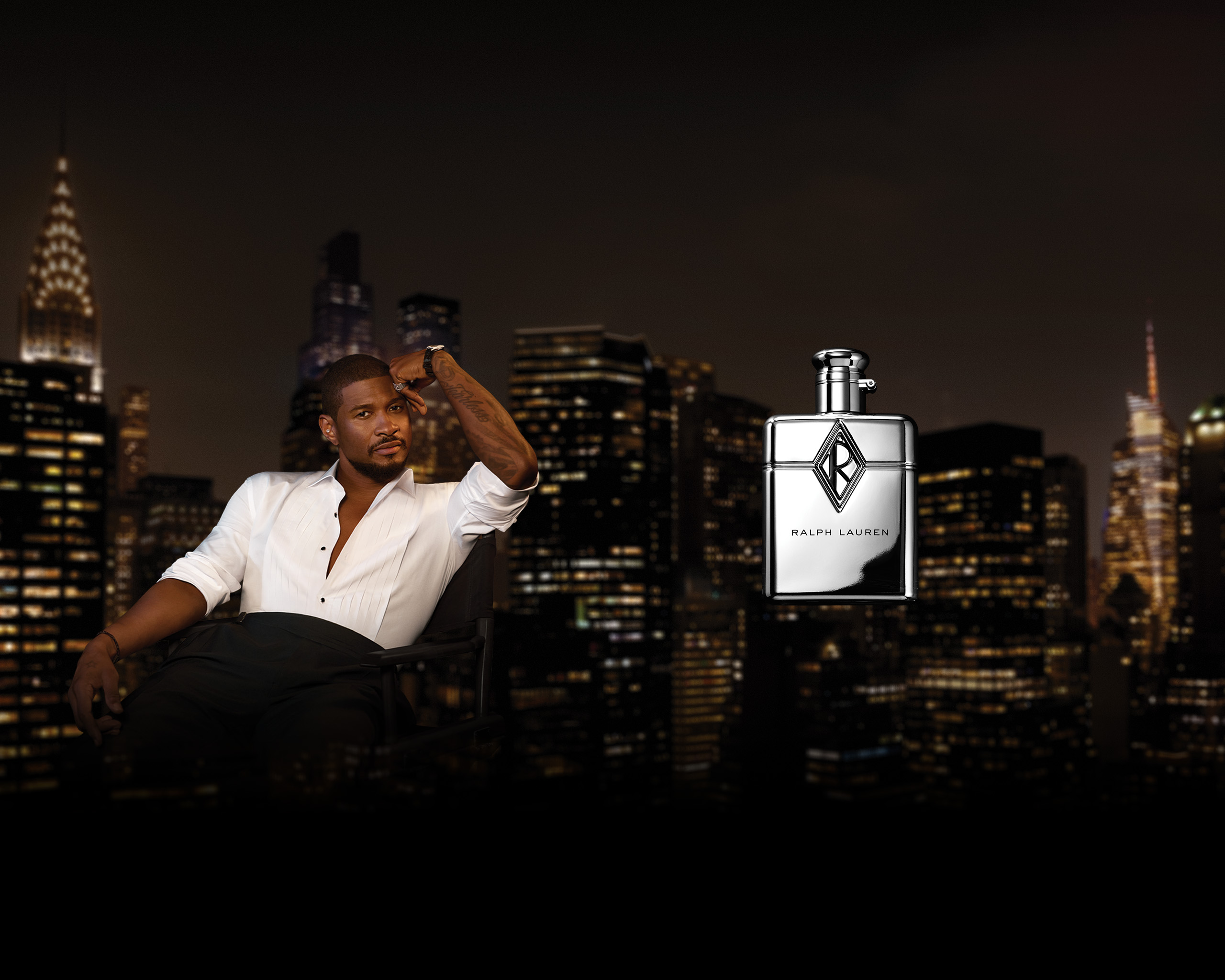As part of the Document Journal x Prada Mode conversation series at Art Basel in Miami Beach, we highlight six visionary artists changing the future of image making, and transporting us from untenable presents to unimagined futures.
The work of Mina Cheon, a Korean artist based in Baltimore, straddles pop and politics. As the child of a South Korean diplomat who grew up in both the East and the West, Cheon noted the global attitudes towards her divided native country. She eventually used her art practice as a way to educate and make a statement about Korean culture, through a North Korean artist persona named Kim II Soon, and by introducing the western world to Choco Pie, a South Korean treat that is often smuggled to North Korea on the black market. Document spoke to Cheon—a panelist on the talk “Public Access: Offline Media Dissemination” at Prada Mode at the Freehand Miami Beach on December 6—about her practice, her visit to North Korea in 2004, and media dissemination in North Korea.
Ann Binlot—Describe your practice to someone who may not be familiar with your work.
Mina Cheon—I am a global Korean-American new media artist, scholar, and educator who is a professor at the Maryland Institute College of Art (MICA). I make art known as ‘Polipop’—short for political pop art. Polipop combines popular culture with political issues, or pop art and protest, or simply think Andy Warhol and Kim Jong-un.
Ann—Tell me about Kim Il Soon. Who is she? Why did you create her?
Mina—I practice and make art as both South Korean Mina Cheon and North Korean Kim Il Soon, my art persona, [to represent] my native country being divided for 70 years, although the Korean people have been together for 5,000 years. Kim Il Soon is a social realist painter, naval commander, farmer, mother of two, married to the state, and a human being. She is also a cosmopolitan North Korean and knows how to paint abstraction in her dreams, and through her unconscious state is the mother (UMMA) of unification.
Above The Fold

Sam Contis Studies Male Seclusion

Slava Mogutin: “I Transgress, Therefore I Am”

The Present Past: Backstage New York Fashion Week Men’s Spring/Summer 2018

Pierre Bergé Has Died At 86

Falls the Shadow: Maria Grazia Chiuri Designs for Works & Process

An Olfactory Memory Inspires Jason Wu’s First Fragrance

Brave New Wonders: A Preview of the Inaugural Edition of “Close”

Georgia Hilmer’s Fashion Month, Part One

Modelogue: Georgia Hilmer’s Fashion Month, Part Two

Surf League by Thom Browne

Nick Hornby: Grand Narratives and Little Anecdotes

The New Helmut

Designer Turned Artist Jean-Charles de Castelbajac is the Pope of Pop

Splendid Reverie: Backstage Paris Haute Couture Fall/Winter 2017

Tom Burr Cultivates Space at Marcel Breuer’s Pirelli Tire Building

Ludovic de Saint Sernin Debuts Eponymous Collection in Paris

Peaceful Sedition: Backstage Paris Fashion Week Men’s Spring/Summer 2018
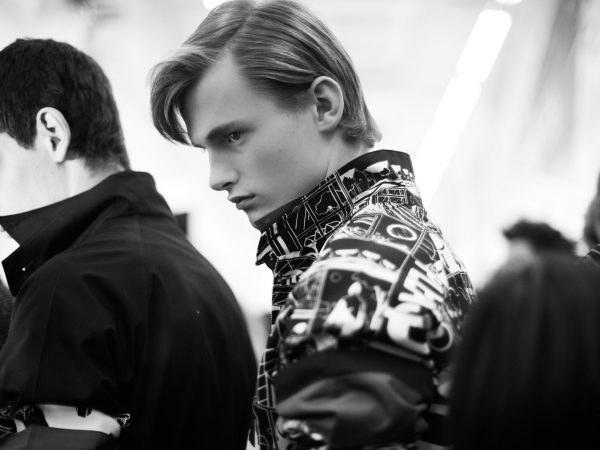
Ephemeral Relief: Backstage Milan Fashion Week Men’s Spring/Summer 2018

Olivier Saillard Challenges the Concept of a Museum

“Not Yours”: A New Film by Document and Diane Russo

Introducing: Kozaburo, 2017 LVMH Prize Finalist

Introducing: Marine Serre, 2017 LVMH Prize Finalist

Conscious Skin

Escapism Revived: Backstage London Fashion Week Men’s Spring/Summer 2018

Introducing: Cecilie Bahnsen, 2017 LVMH Prize Finalist

Introducing: Ambush, 2017 LVMH Prize Finalist

New Artifacts

Introducing: Nabil Nayal, 2017 LVMH Prize Finalist

Bringing the House Down

Introducing: Molly Goddard, 2017 LVMH Prize Finalist

Introducing: Atlein, 2017 LVMH Prize Finalist

Introducing: Jahnkoy, 2017 LVMH Prize Finalist

LVMH’s Final Eight

Escaping Reality: A Tour Through the 57th Venice Biennale with Patrik Ervell

Adorned and Subverted: Backstage MB Fashion Week Tbilisi Autumn/Winter 2017

The Geometry of Sound

Klaus Biesenbach Uncovers Papo Colo’s Artistic Legacy in Puerto Rico’s Rainforest

Westward Bound: Backstage Dior Resort 2018

Artist Francesco Vezzoli Uncovers the Radical Images of Lisetta Carmi with MoMA’s Roxana Marcoci

A Weekend in Berlin

Centered Rhyme by Elaine Lustig Cohen and Hermès

How to Proceed: “fashion after Fashion”

Robin Broadbent’s Inanimate Portraits

“Speak Easy”

Revelations of Truth

Re-Realizing the American Dream

Tomihiro Kono’s Hair Sculpting Process

The Art of Craft in the 21st Century

Strength and Rebellion: Backstage Seoul Fashion Week Autumn/Winter 2017

Decorative Growth

The Faces of London

Document Turns Five
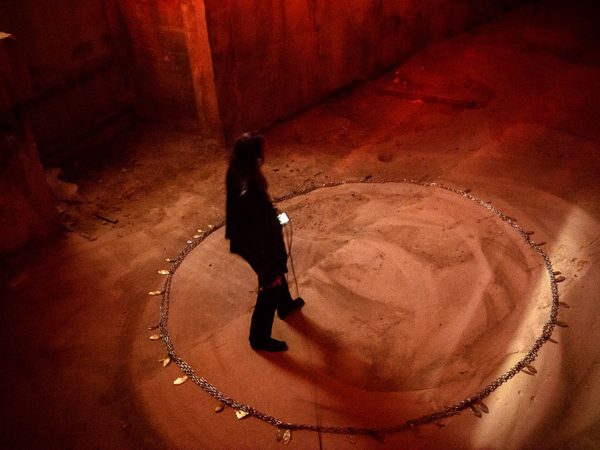
Synthesized Chaos: “Scholomance” by Nico Vascellari

A Whole New World for Janette Beckman

New Ceremony: Backstage Paris Fashion Week Autumn/Winter 2017
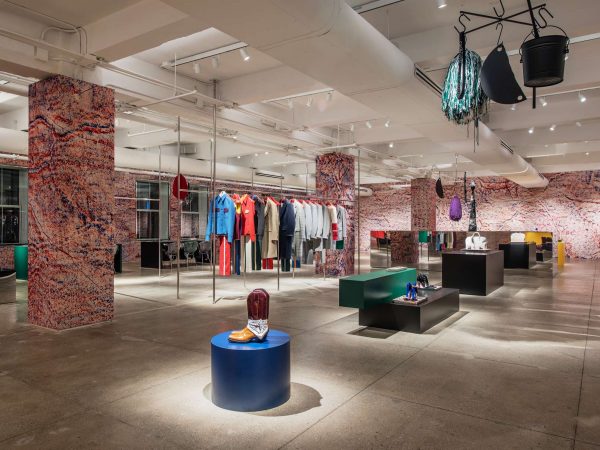
New Perspectives on an American Classic

Realized Attraction: Backstage Milan Fashion Week Autumn/Winter 2017

Dematerialization: “Escape Attempts” at Shulamit Nazarian

“XOXO” by Jesse Mockrin

Brilliant Light: Backstage London Fashion Week Autumn/Winter 2017

The Form Challenged: Backstage New York Fashion Week Autumn/Winter 2017

Art for Tomorrow: Istanbul’74 Crafts Postcards for Project Lift

Inspiration & Progress

Paskal’s Theory of Design

On the Road

In Taiwan, American Designer Daniel DuGoff Finds Revelation

The Kit To Fixing Fashion

The Game Has Changed: Backstage New York Fashion Week Men’s Autumn/Winter 2017

Class is in Session: Andres Serrano at The School

Forma Originale: Burberry Previews February 2017

“Theoria”

Wearing Wanderlust: Waris Ahluwalia x The Kooples

Approaching Splendor: Backstage Paris Haute Couture Spring/Summer 2017

In Florence, History Returns Onstage

An Island Aesthetic: Loewe Travels to Ibiza

Wilfried Lantoine Takes His Collection to the Dancefloor

A Return To Form: Backstage New York Fashion Week Spring/Summer 2018

20 Years of Jeremy Scott

Offline in Cuba

Distortion of the Everyday at Faustine Steinmetz

Archetypes Redefined: Backstage London Fashion Week Spring/Summer 2018

Spring/Summer 2018 Through the Lens of Designer Erdem Moralıoğlu

A Week of Icons: Backstage Milan Fashion Week Spring/Summer 2018

Toasting the New Edition of Document

Embodying Rick Owens

Prada Channels the Wonder Women Illustrators of the 1940s
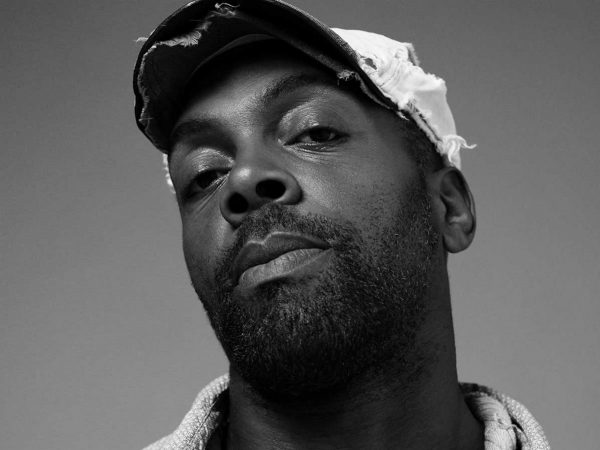
Andre Walker’s Collection 30 Years in the Making

Fallen From Grace, An Exclusive Look at Item Idem’s “NUII”

Breaking the System: Backstage Paris Fashion Week Men’s Autumn/Winter 2017

A Modern Manufactory at Mykita Studio

A Wanted Gleam: Backstage Milan Fashion Week Men’s Autumn/Winter 2017

Fashion’s Next, Cottweiler and Gabriela Hearst Take International Woolmark Prize

Beauty in Disorder: Backstage London Fashion Week Men’s Autumn/Winter 2017

“Dior by Mats Gustafson”

Prada’s Power

George Michael’s Epochal Supermodel Lip Sync

The Search for the Spirit of Miss General Idea

A Trace of the Real

Wear and Sniff

Underwater, Doug Aitken Returns to the Real
Ann—What prompted your interest in North Korea?
Mina—My interest in North Korea became of focus especially when identity politics and postcolonial rhetoric dominated the academic world, which may have been an academic and intellectual compass for me, but [this interest] is without denial [of my] being a part of the trans-historic, transgenerational trauma of Korean history.
Ann—What was it like when you visited North Korea in 2004?
Mina—I remember being bused through the DMZ into North Korea with large glass windows without curtains so that the North Koreans can see us through the windows; the feeling of being monitored was intense, all our lenses and equipments were checked, we all had to wear badges of occupation, mine being “housewife.” But the moment I crossed into North Korea, the landscape changed drastically. There was something very artificial about the North Korean experience at the same time, the sky seemed more blue, the landscape more natural, and while knowing that it can be due to lack of industrial and technological development, most of the experience was shaped by the heightened program of surveillance and the rigid tourist programming, such as designated time for walking, seeing, eating etcetera. When interacting with North Koreans, however, they were just as Korean as those you see everyday in South Korea.
Ann—Can you briefly explain why media dissemination is so difficult in North Korea?
Mina—There is a lot of media dissemination in the undergrounds of Korea through the black market, but foreign media is not state sanctioned; instead the government has their own media players and propaganda media that is distributed widely, and the propaganda is plastered everywhere in North Korea from posters, banners, statues, to stamps and literature engraved in stones honoring the legends of the Dear Leaders.
Ann—How does the lack of internet access affect North Koreans?
Mina—There is Intranet in North Korea, meaning internal internet, and it is not provided to everyone. Certainly, even in a socialist state, North Korea is highly classist and Pyongyang life is very different than [that of] the smaller towns and villages. I’m not sure if having internet means there is democracy, but freedom of information certainly helps not only with cultural deviation as well as all forms of cultural freedom.
Ann—You’ve also sent contemporary art lessons to North Korea in the form of short films on USB drives. Why do you think this is important?
Mina— They showcase over 40 artists’ works, including Marcel Duchamp, Andy Warhol, Ai Weiwei, Shirin Neshat, Sooja Kim, Mark Bradford, and more. The tightly edited video includes myself as Professor Kim [Il Soon, and/or Umma] giving the lectures with music video-like quality of video and sound; somewhat mimicking children’s educational TV shows. It possibly is the very first [showcase of] contemporary art works going in; the fact that they are being received and watched, and that content is so radically different from soap operas or anything North Koreans have been exposed to, is also important; and lastly, what artists can do to bring change in awareness—and the activism of art—is crucial in today’s world in terms of direct impact and measurable outcomes.
Ann—Tell me about your exhibition Choco·Pie Propaganda at Ethan Cohen New York Gallery and the piece Eat Choco·Pie Together at the Busan Biennale 2018.
Mina—The first form of resistance [against] the North Korean government by the North Koreans may have been in the loving and receiving of Choco·Pies. At the Kaesung Industrial Complex in North Korea, where there was a joint labor force of North and South Koreans, the South Koreans gifted North Koreans Choco·Pies as a token of thanks, and soon after the piece spread like wildfire in the North Korean black market. At the height of South Korean efforts to share Choco·Pie with North Koreans, I had my first solo exhibition on Choco·Pies at the Ethan Cohen Gallery in New York, with 10,000 Choco·Pies installed in a rectangle to reference the other very famous food art piece [that consisted of wrapped candies] by Felix Gonzalez-Torres. The Choco·Pies in New York were to bring awareness to the Americans of the already existing loving exchanges between the two Koreas, and for Americans to learn of North Korean desire. When shown in the recent Busan Biennale 2018, it was in a circular form to signify unity, as well as the healing aspect of eating that comes with the highly interactive food art for the audience to eat.





